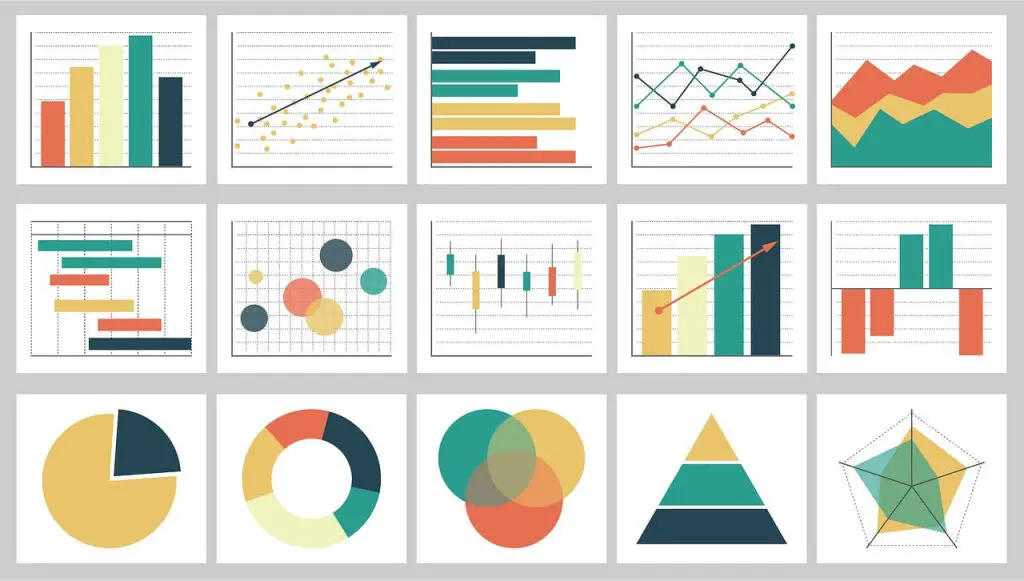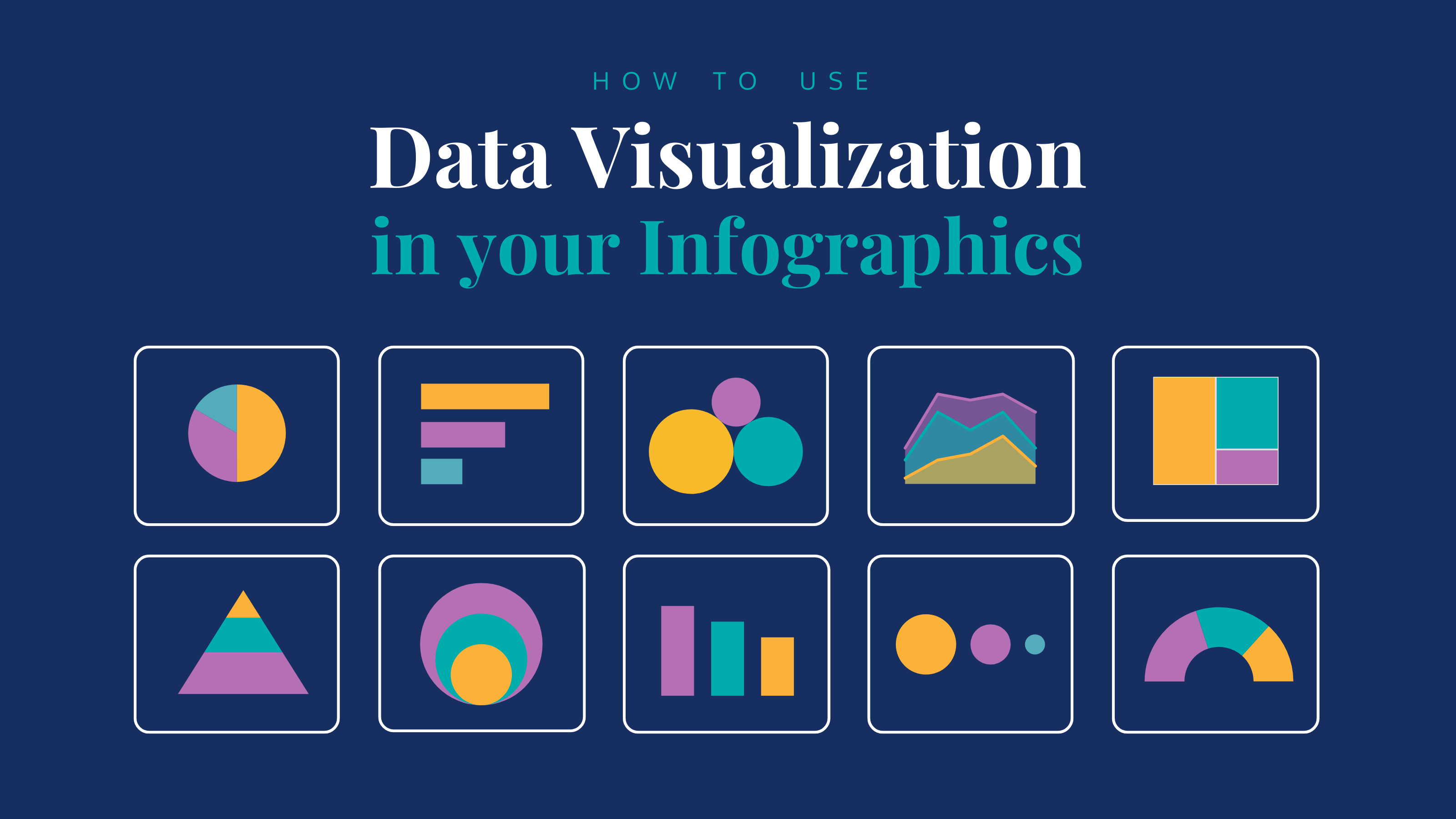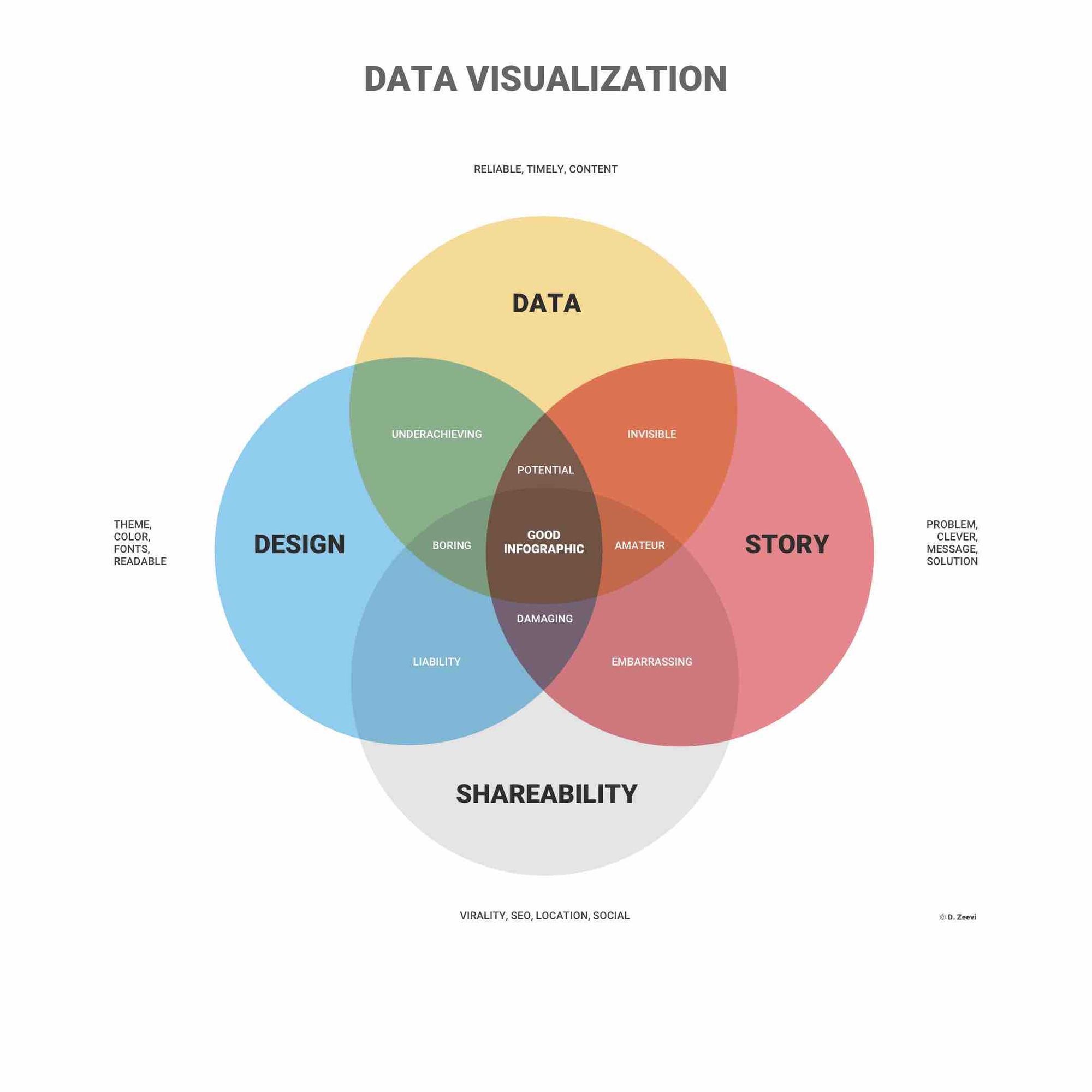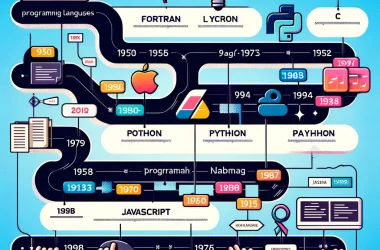Data Visualization Downturns: Creating Accurate and Effective Visuals

Data visualization is a powerful tool for communicating complex information in a clear and concise way. However, it is important to be aware of the potential pitfalls of data visualization and to take steps to avoid them.

One of the most common data visualization downturns is inaccuracy. This can occur when the data is not correctly represented or when the visualization is misleading. For example, a bar chart that compares two data sets may not accurately represent the data if the scales of the two axes are not the same.

Another common data visualization downturn is ineffectiveness. This can occur when the visualization is not clear or easy to understand. For example, a pie chart that uses too many colors or that is too small may be difficult to read and interpret.
To avoid these downturns, it is important to follow best practices for data visualization. These practices include:
- Using the right type of visualization. There are many different types of data visualizations, each with its own strengths and weaknesses. It is important to choose the right type of visualization for the data you have and the message you want to communicate.
- Using accurate data. The data you use in your visualization should be accurate and up-to-date. Inaccurate data can lead to misleading visualizations.
- Designing clear and concise visualizations. Your visualizations should be clear and easy to understand. Avoid using too much clutter or unnecessary detail.
- Testing your visualizations. Before you share your visualizations with others, it is important to test them to make sure they are accurate and effective. You can do this by asking others to review your visualizations or by conducting user testing.
By following these best practices, you can avoid the common data visualization downturns and create accurate and effective visualizations that communicate your message clearly and concisely.## Data Visualization Downturns: Creating Accurate and Effective Visuals
Executive Summary
Data visualization is a cornerstone of turning complex information into digestible, actionable insights. However, even the most adept data visualization efforts can fall victim to downturns resulting in inaccurate and ineffective portrayals of data. This article analyzes common pitfalls in data visualization and provides actionable tips for creating visually appealing, accurate, and persuasive visuals that effectively communicate data-driven insights.
Introduction
The proliferation of data necessitates clarity and accessibility for effective decision-making. Data visualization has emerged as a powerful tool to translate intricate datasets into compelling narratives that drive business value. However, a series of errors can undermine the credibility and impede the efficacy of visual representations. This article meticulously examines these downturns, offering remedies to ensure the accuracy, effectiveness, and impact of data visualizations.
FAQs
Q1. What are the key ingredients of effective data visualization?
A1. Accuracy, clarity, simplicity, relevance, and aesthetics are fundamental principles for creating impactful visuals.
Q2. How do cognitive biases influence data visualization?
A2. Confirmation bias, anchoring bias, and perception bias can distort interpretations and lead to inaccurate visualizations.
Q3. What are the best practices for choosing the right visualization type?
A3. Understand the data distribution and relationships, consider the audience, and select visuals that align with the narrative you aim to communicate.
Top 5 Subtopics
Data Integrity and Accuracy
- Verify data sources: Ensure the reliability and accuracy of the data used for visualizations.
- Apply data cleaning techniques: Remove outliers, inconsistencies, and errors to enhance data integrity.
- Validate data against known assumptions: Check for anomalies and ensure data aligns with expected patterns.
Visual Accuracy and Clarity
- Use appropriate scales and labels: Ensure the visual scales accurately represent the data values and labels are clear and concise.
- Choose appropriate chart types: Select the chart type that best conveys the intended message and avoids cluttering or misrepresentation.
- Provide context and annotations: Add context and annotations to help viewers understand the data and its significance.
Design Simplicity and Focus
- Design for simplicity: Create visuals that are easy to understand and focused on the key message.
- Avoid visual clutter: Use white space effectively and remove unnecessary elements that distract from the core message.
- Emphasize the most important data: Highlight critical insights by using colour, size, or positioning.
Relevance and Contextualization
- Align visuals with the narrative: Create visuals that support and illustrate the intended narrative rather than provide isolated data points.
- Consider the audience: Understand the audience’s level of data literacy and adapt the visuals accordingly.
- Provide backstory and context: Add context to explain the data’s origins, limitations, and significance.
Aesthetic Appeal and Engagement
- Use colour effectively: Apply colour schemes that enhance data clarity and avoid sensory overload.
- Leverage interactive features: Add interactive elements to engage viewers and facilitate deeper exploration.
- Incorporate visual storytelling techniques: Use visuals to create a compelling narrative and connect with the audience on an emotional level.
Conclusion
Accurate and effective data visualization is paramount for clear communication and impactful decision-making. Avoiding downturns by focusing on data integrity, visual clarity, design simplicity, relevance, and aesthetic appeal empowers businesses to leverage the full potential of data and achieve their goals. By comprehending these pitfalls and adopting best practices, organizations can harness data visualization for actionable insights, strategic decision-making, and driving tangible business value.
Keyword Tags:
- Data Visualization
- Data Integrity
- Visual Accuracy
- Design Simplicity
- Communication Effectiveness

